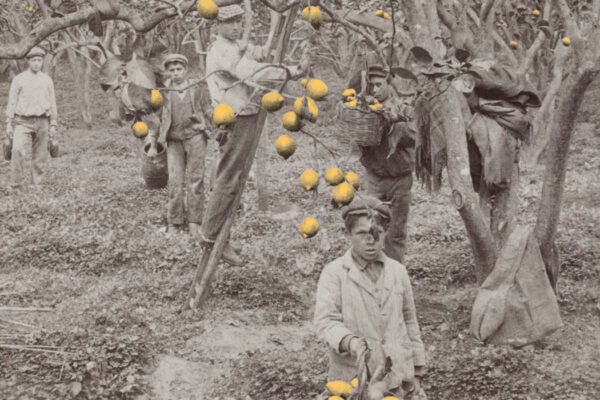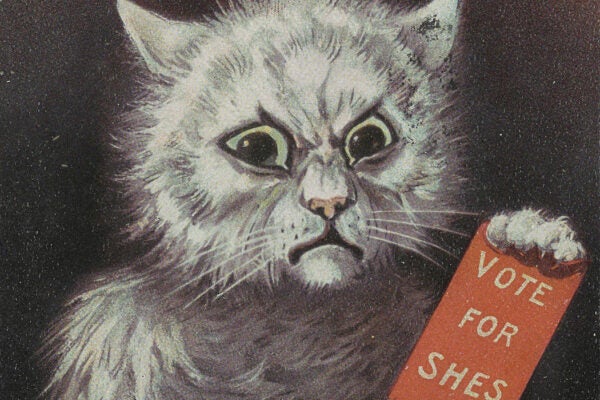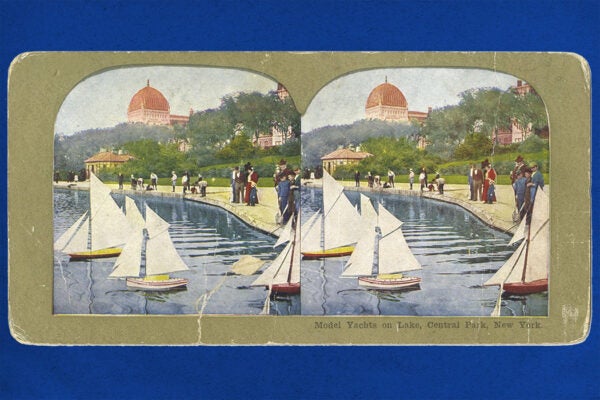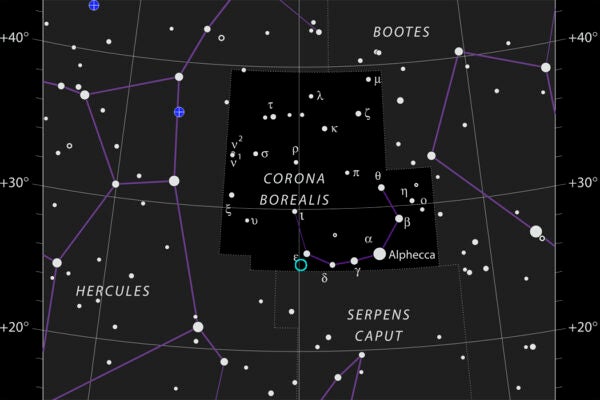A Religious Studies Roundup
Stories from JSTOR Daily about religious traditions around the world and how they’ve shaped our politics, pleasures, and self-perceptions.
Andrew Jackson’s Speech on the Indian Removal Act: Annotated
In December 1830, two months after the passage of the Indian Removal Act, President Andrew Jackson used his annual Congressional message to celebrate the policy.
The Lemon Gang: Citrus and the Rise of the Mafia
Poverty, disparities in wealth, widespread brigandage, and the dissolution of the feudal system enabled the predatory practices of Sicily’s citrus mafia.
The Wild West of Papal Conclaves
In the sixteenth and seventeenth century, the death of a pope led to all sorts of chaos, from the destruction of art to armed violence in the streets.
A Purrrrfect Political Storm
Crazy cat ladies have come to dominate this election season. It’s hardly the first time.
In the Stereoscope, Another World
Developed in the nineteenth century, the stereoscope gave people a new way of seeing themselves and the world around them.
Gorgeous GMOs, Canyon Heritage, and Black Adoption
Well-researched stories from Sapiens, KFF Health News, and other great publications that bridge the gap between news and scholarship.
Dr. Sex and the Anarchist Sex Cookbook
Known for his runaway bestseller The Joy of Sex, Alex “Dr. Sex” Comfort was an anarchist and a pacifist who preferred love and sex to war crimes.
John Birmingham’s Discovery of the Blaze Star
John Birmingham discovered T Coronae Borealis in the narrow window when astronomy flourished in nineteenth-century Ireland.
The Ins and Outs of Architecture
Use this wide-ranging collection of stories about architecture, landscape, and design to fuel your imagination and your research interests.









